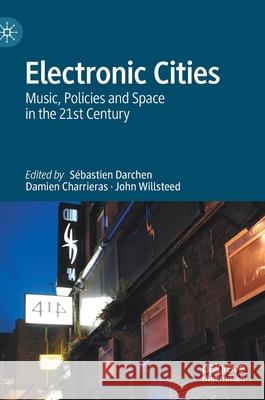Electronic Cities: Music, Policies and Space in the 21st Century » książka
topmenu
Electronic Cities: Music, Policies and Space in the 21st Century
ISBN-13: 9789813347403 / Angielski / Twarda / 2021 / 303 str.
Electronic Cities: Music, Policies and Space in the 21st Century
ISBN-13: 9789813347403 / Angielski / Twarda / 2021 / 303 str.
cena 466,91 zł
(netto: 444,68 VAT: 5%)
Najniższa cena z 30 dni: 462,63 zł
(netto: 444,68 VAT: 5%)
Najniższa cena z 30 dni: 462,63 zł
Termin realizacji zamówienia:
ok. 20 dni roboczych.
ok. 20 dni roboczych.
Darmowa dostawa!
Kategorie BISAC:
Wydawca:
Palgrave MacMillan
Język:
Angielski
ISBN-13:
9789813347403
Rok wydania:
2021
Wydanie:
2021
Ilość stron:
303
Waga:
0.53 kg
Wymiary:
21.01 x 14.81 x 1.91
Oprawa:
Twarda
Wolumenów:
01
Dodatkowe informacje:
Wydanie ilustrowane











